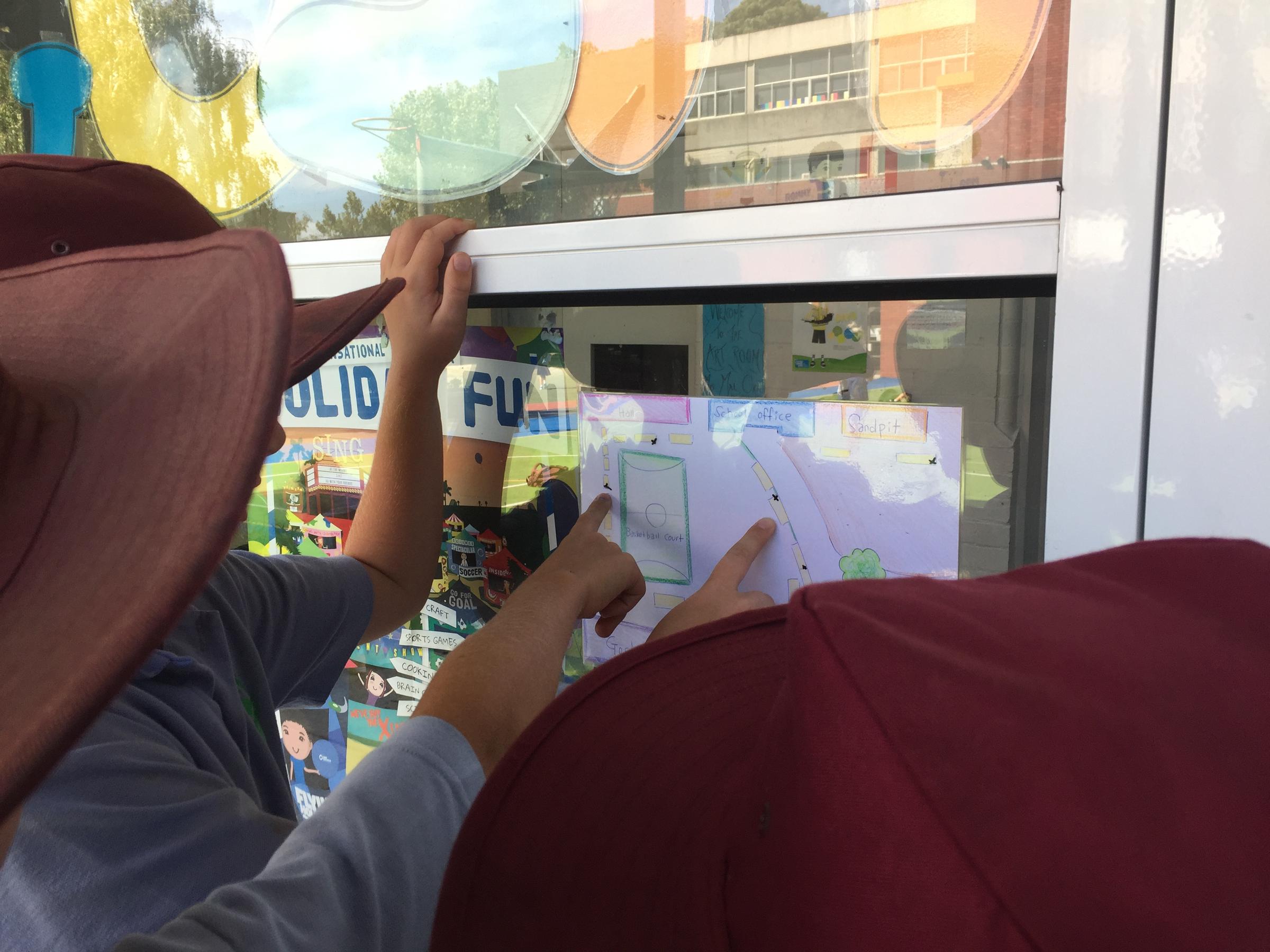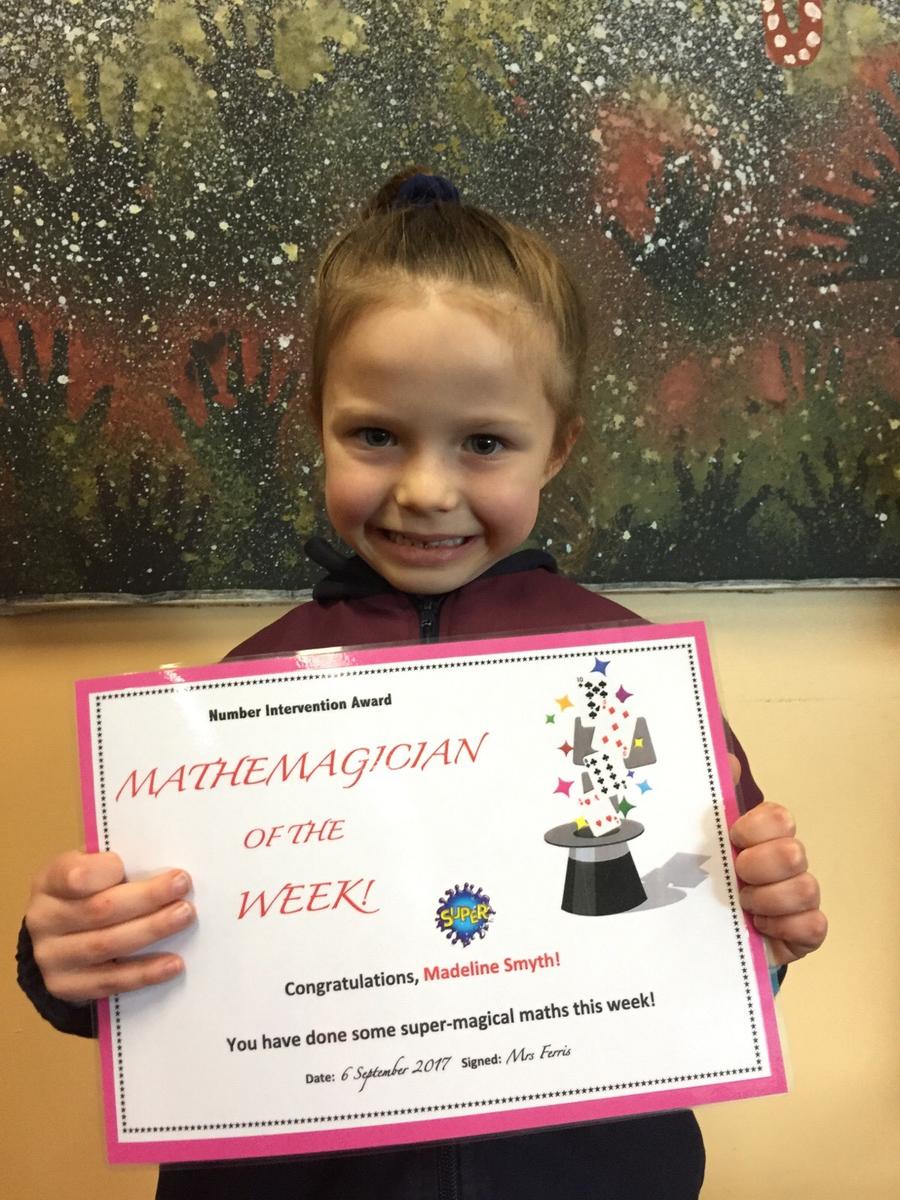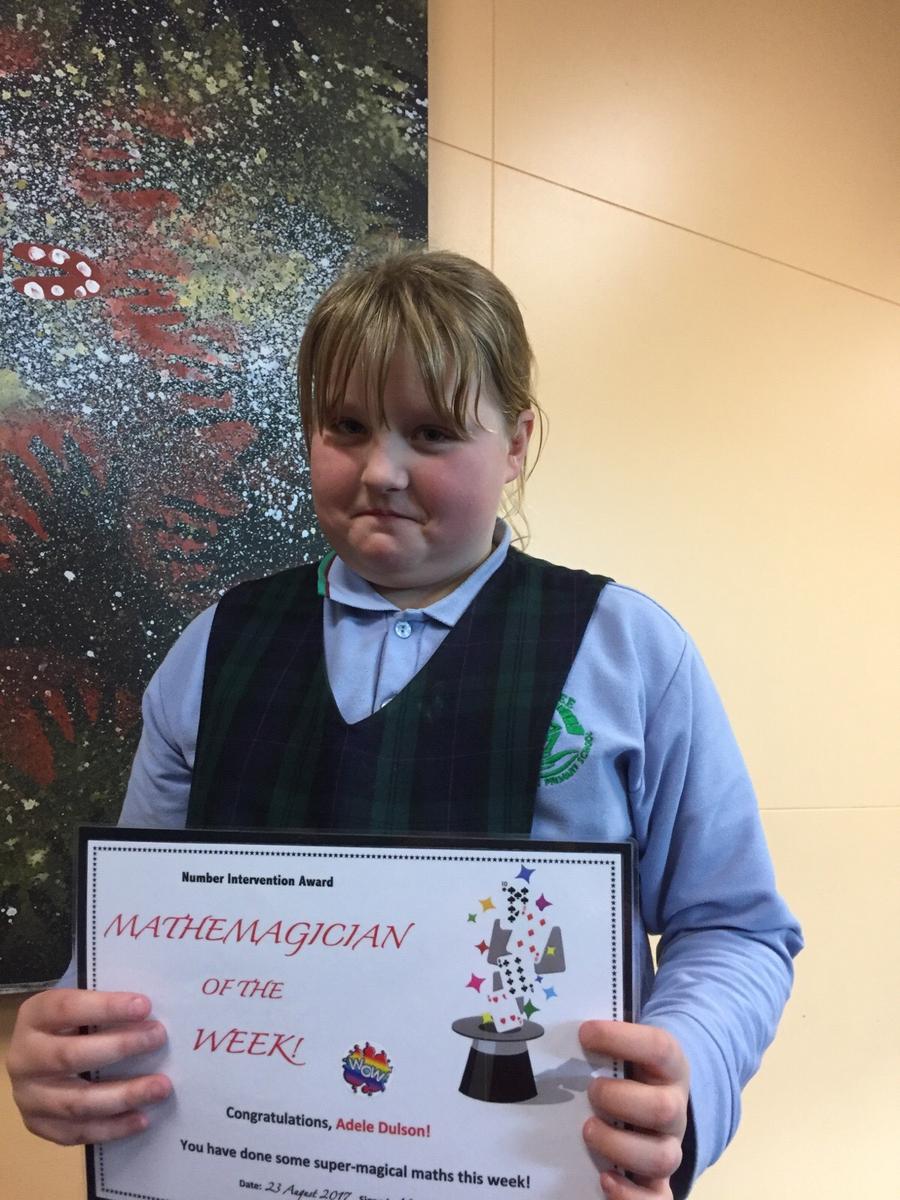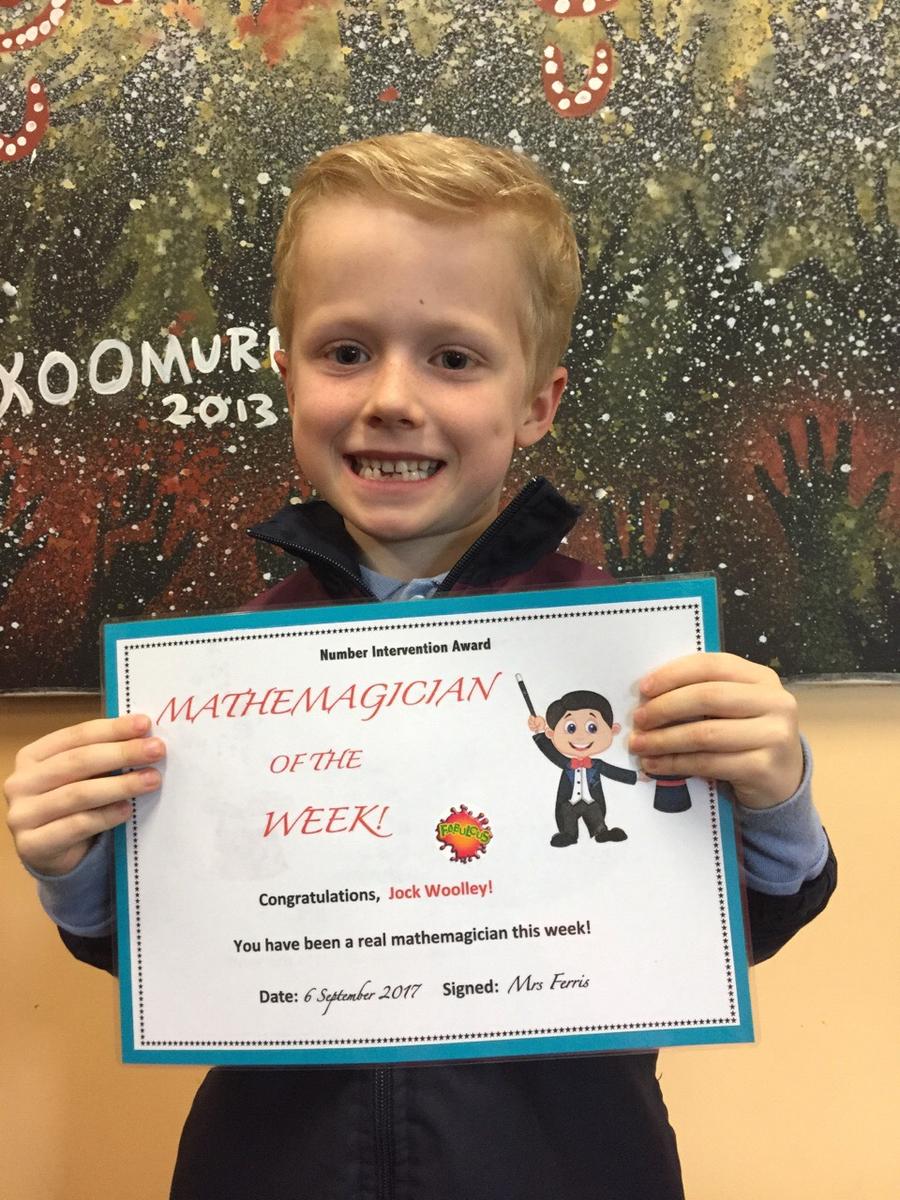Learning and Teaching

Developing Reading Comprehension at Home
Here are six tips to improve reading comprehension in early readers:
- Have your child read aloud. This forces your child to go slower, which gives them more time to process what they read, which improves reading comprehension. Plus, they're not only seeing the words, they're hearing them, too. You can also take turns reading aloud.
- Provide the right kinds of books. Make sure your child gets lots of practice reading books that aren't too hard. They should recognise at least 90 percent of the words without any help. Stopping any more often than that to figure out a word makes it tough for them to focus on the overall meaning of the story.
- Reread to build fluency. To gain meaning from text and encourage reading comprehension, your child needs to read quickly and smoothly - a skill known as fluency. By the beginning of Grade 3, for example, your child should be able to read 90 words a minute. Rereading familiar, simple books gives your child practice at decoding words quickly, so they'll become more fluent in their reading comprehension.
- Talk to the teacher. If your child is struggling mightily with reading comprehension, they may need more help with their reading — for example, building their vocabulary or practicing phonics skills.
- Supplement class reading. If your child's class is studying a particular theme, e.g. The Arts, look for easy-to-read books or magazines on the topic. Some prior knowledge will help them make their way through tougher classroom texts and promote reading comprehension.
- Talk about what they're reading. This "verbal processing" helps them remember and think through the themes of the book. Ask questions before, during, and after a session to encourage reading comprehension.
Number Intervention
Congratulations to our Mathemagicians of Weeks 7 and 8, Adele, Maddie and Jock, for showing such enthusiasm for your learning in Maths. Keep up the great work!
Helping your child at home
In the last newsletter, I spoke about the importance of memorising basic Maths facts. Maths facts form the building blocks for higher-level maths concepts such as adding and subtracting greater numbers, telling time, working with money, measurement, and multiple-step multiplication and division. These concepts are significantly easier for your child to learn once he has mastered his basic facts. Helping your child learn maths facts at his/her own pace to automaticity will build his confidence and improve his/her ability to learn and retain higher order maths skills. Below are some fun ways to practise basic facts.
Adding Doubles: Learning doubles, such as 3 + 3 or 8 + 8, can be an effective strategy for learning addition facts. The nice thing about learning doubles is that there are just 10 of them, so it is a manageable goal for a child who struggles. Practising doubles can be a natural lead-in to help your child learn neighbouring facts, such as 3 + 4 and 8 + 7.
Commutative Property: Teach your child that this property is the mathematical way to say, “Numbers can be added or multiplied in any order and give the same answer.” Based on this property, if your child knows 4 + 2 = 6, then he/she can solve 2 + 4 = 6. This approach reduces the number of addition and multiplication facts by half.
Skip Counting: A simple strategy that your child can use is skip counting. Counting by 2s, 5s, 10s, and so on can be fun to do together as your child hears patterns in numbers. When he pairs skip counting with using a hundred chart, he/she can even begin to visualize those patterns. For instance, when skip counting by 10s, see if he/she notices that all the numbers end in zero.
Fact Families Cards: This strategy is most effective when your child understands the relationship between addition and subtraction or multiplication and division. Fact families are simply 3 numbers that are related and make a set of maths facts.
Jump and Hop Math Facts: Draw a hopscotch board with sidewalk chalk and write facts inside each square. Your child must say the fact and the answer when hopping on each square. Alternatively, recite facts while doing something rhythmic such as jumping on a trampoline, jumping rope, hopping on one foot, clapping to a beat, or bouncing a ball.
Maths Toss: Toss a balloon or ball around the room with your child. As you toss, call out a maths fact. The goal is for him/her to say the answer before catching the ball or before passing it on.
Computers and Mobile Devices: To supplement practice, try some of the fun and engaging computer games and maths apps for mobile devices that focus on fact practice. Many of them are free or very low cost. Work them into your weekly routine for short periods of time for extra practice.
Fact Flash Tag: For this activity you will need a chalkboard, whiteboard, or a blank wall with sticky notes and a flashlight. List the answers to several maths facts on the board or on the sticky notes (either in rows or random order). Dim the lights and ask your child a maths fact. His goal is to “flashlight-tag” the correct answer as quickly as possible.Fact of the Day: If you student is having difficulty with just a few facts, choose one of them at a time and make it the “fact of the day.” Post the fact in a place where it will be seen often. Then ask your child frequently during the day to tell you the answer.
Let me know if I can help in any way!
Jane Ferris



